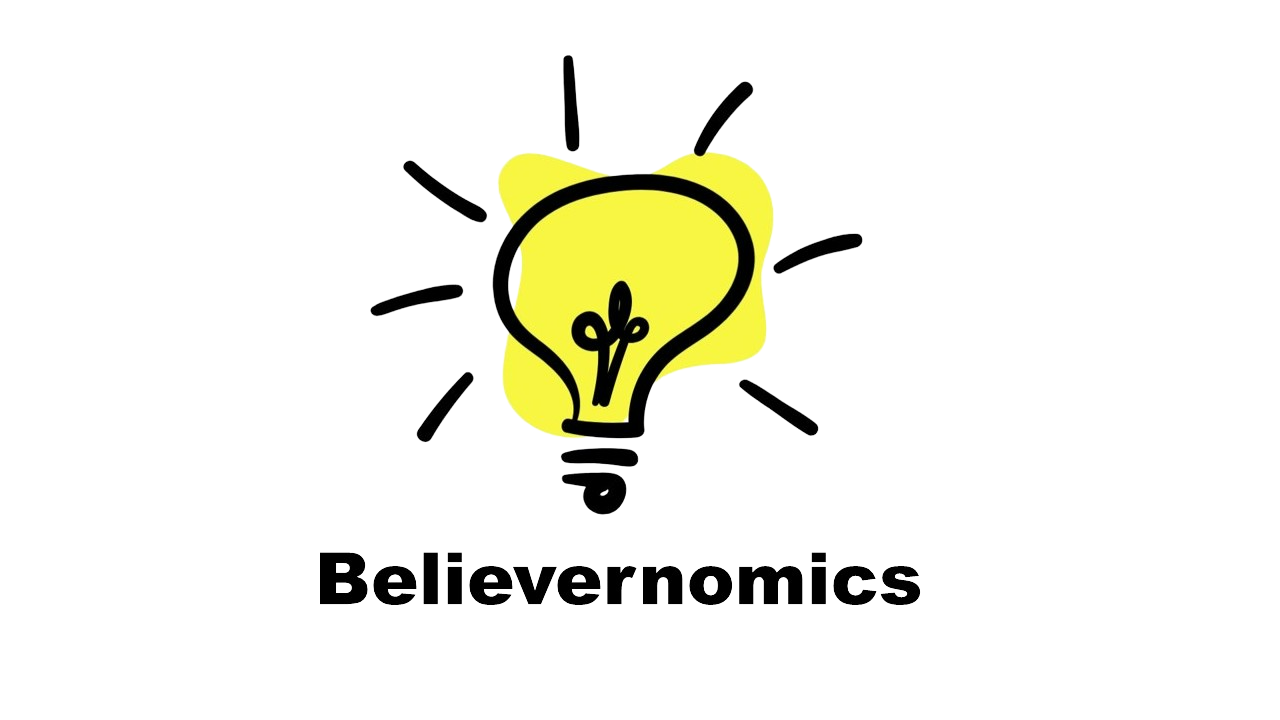Six uncommon characteristics of organisational dynamics
Image courtesy of Jeshoots.com on Unsplash
There are various definitions of organisational dynamics. Perhaps the simplest of these describes it as the full scope, scale and span of an organisation’s productive capabilities and the way in which they are utilised to achieve its stated goals.
Central to the definition of organisational dynamics are people (leaders, managers, and staff). After all, it is the workforce that arranges itself to form relationships, develop values, set objectives, and execute plans.
Whilst the above works as a basic definition, it is far from complete. The factors that contribute to organisational dynamics are much more intricate and even complex. It is a bit like describing the process of walking as the act of putting one foot in front of the other, without recognising that you must first flex your joints.
The missing components of organisational dynamics, which are the focus of this blog, are the critical points of intersection. These are the often-unappreciated attributes or joints that empower organisations to function as dynamic entities.
With the context framed, set out below are the six uncommon characteristics of organisational dynamics.
1. The culture of permissibility
Introduce the component of permissibility into any workplace and witness the potential for that situation to be dramatically transformed. Permissibility creates an entirely different frame of reference for organisations to operate within. By disrupting traditional processes for decision-making, prioritisation and planning; a permissible working environment incentivises innovation. When permissibility thresholds are lowered, employees are given greater discretion to determine how actions should be implemented. The corollary of the above is that when organisations are permissible, they become much more dynamic.
2. The perception of ‘place’
In the context of organisational dynamics, the notion of ‘place’ is both spatial and social. As a spatial construct ‘place’ relates to boundaries between departments and business units. As a social construct, ‘place’ refers to the quality of relationships that create a sense of belonging and affirm norms of behaviour and conduct. When organisations flex hierarchical boundaries and establish familial bonds, amongst their employees, they become nimbler and more resilient. This in turn helps to ensure that organisational capabilities can be re-purposed and refocused. Organisational dynamics is not just about how places are created; it is about how they are perceived.
3. Workforce posture
Behaviours are a recognised feature of organisational dynamics, but before behaviours there is posture. To understand ‘posture’ it is important to recognise that organisations are more than the sum of the physical skills, capabilities, and competencies of their workforce. Equally important to organisational effectiveness is psychological readiness or state of mind. Specifically, the recognition that even when the right behaviours do not immediately produce desirable results, you persist until they do. It is, therefore, the combination of the physical and psychological that comprise ‘posture’. Desirable organisational behaviours that derive from these, are more likely to produce dynamic results.
4. Agenda personalisation
Organisational dynamics is a function of personalisation. If this were not the case, how would be it possible to embed the values, shape the behaviours, stimulate the interactions, and harness the capabilities necessary to deliver outcomes? In the context of organisational dynamics, personalisation is about creating a culture of immediacy within which the workforce can recognise itself in an organisation’s purpose. Personalisation ensures that everything that the organisation stands for is customisable to each member of the workforce. When personalisation drives organisational dynamics, it will matter just as much to them as it matters to you.
5. Pervasive positioning of leadership
The notion that leadership for ideas can come from anywhere in an organisation, is predicated on the assumption that leaders exist everywhere in an organisation. In the context of organisational dynamics, leadership is not a hierarchical concept. Rather, it is a fluid and highly de-centralised one. It is the fluidity and pervasiveness of leadership capability that adds to the richness and scope of organisational dynamism and provides for multiple layers of redundancy in decision-making. When leadership is pervasive, the energy for action can be harnessed where it is needed most and directed where it can impact best. That is the very essence of organisational dynamics.
6. Organisational personality
Ask anyone to describe the organisations that they work for, and they will likely use a wide range of adjectives to characterise them. Some of these adjectives might describe the workplace as ‘empowering’, ‘employee-friendly’, ‘inclusive’ and even ‘toxic’. The point being made here is that not only do organisations have a personality, but their personality directly affects just how dynamic they are able to be. Organisational personality is critical because it establishes the business climate. Why do innovators innovate? They innovate because they operate within an environment that gives them the permission to try and the right to fail.
When organisational dynamics work best, its impact can be transformational. As this blog sets out, focusing on the points of intersection or the ‘joints’, makes it much easier for organisational dynamism to take root and flourish. Whilst human capabilities underpin this approach; by themselves, the most talented professionals, equipped with the most impressive skills and ability to draw from the deepest well of experience do not meet the requirements for organisational dynamics. These attributes and competencies must be complemented and stimulated by an atmosphere that promotes positivity, possibility and boundaryless thinking.


